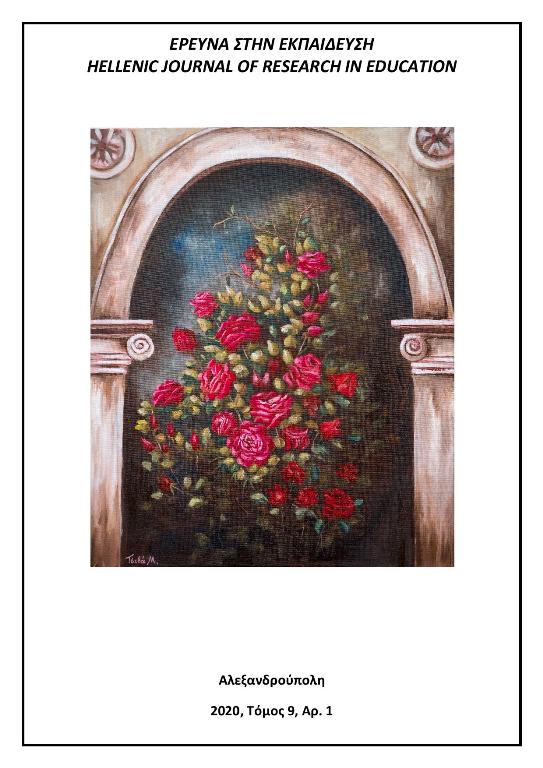Children's perceptions of the quality of their interpersonal relationships in the classroom and their motivation for learning

Abstract
Social behaviours in school can influence learning outcome and achievement in children. The present study examines whether children’s views about their relationships with peers and teachers in school relate to their perceptions of academic motivation. Additionally, differences in the above variables between primary and secondary school aged children are explored. More specifically, children’s views about whether their teacher and peers are sources of psychological security in the school context were assessed, particularly those concerning three relationship quality attributes, naming degree of mutual trust/quality of communication and extent of alienation. Children’s perceptions of academic motivation and school attainment were assessed with questions about school engagement and determination to do well in school assignments as well as learning expectations. Three hundred and sixty primary and secondary school aged children (M age = 10.49, SD = 0.50, 51.1% boys) from 4 public schools of the area of Attica, took part in the study. The results have shown that perceived mutual trust/quality of communication in children’s relationships with peers and the teacher is significant predictor of positive academic motivation. Perceived alienation in teacher and peer relationships was found to have significant negative impact on children’s self-reported academic motivation. Learning motivation appears to drop in secondary school children. Moreover, results showed significant differences between primary school pupils and secondary school pupils in perceived communication/trust in pupil-teacher relationship. Younger pupils tend to trust more and communicate better with their teachers than older pupils.
Article Details
- How to Cite
-
Αντωνοπούλου Α., Κουβαβά Σ., & Νικολακοπούλου Μ. (2020). Children’s perceptions of the quality of their interpersonal relationships in the classroom and their motivation for learning. Hellenic Journal of Research in Education, 9(1), 1–21. https://doi.org/10.12681/hjre.22080
- Issue
- Vol. 9 No. 1 (2020)
- Section
- Articles

This work is licensed under a Creative Commons Attribution-NonCommercial-ShareAlike 4.0 International License.
Authors who publish with this journal agree to the following terms:
- Authors retain copyright and grant the journal right of first publication with the work simultaneously licensed under a CC-BY-NC-SA that allows others to share the work with an acknowledgement of the work's authorship and initial publication in this journal.
- Authors are able to enter into separate, additional contractual arrangements for the non-exclusive distribution of the journal's published version of the work (e.g. post it to an institutional repository or publish it in a book), with an acknowledgement of its initial publication in this journal.
- Authors are permitted and encouraged to post their work online (preferably in institutional repositories or on their website) prior to and during the submission process, as it can lead to productive exchanges, as well as earlier and greater citation of published work (See The Effect of Open Access).


